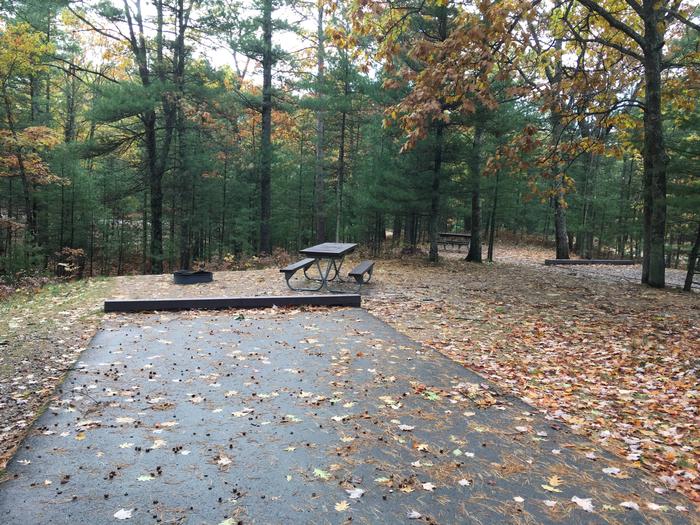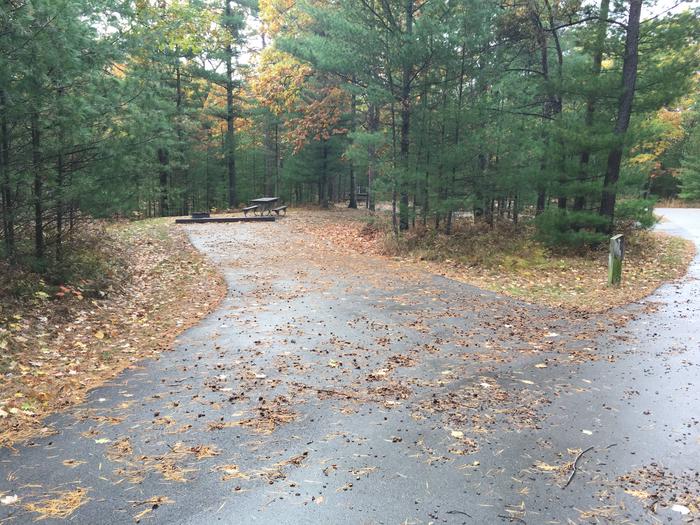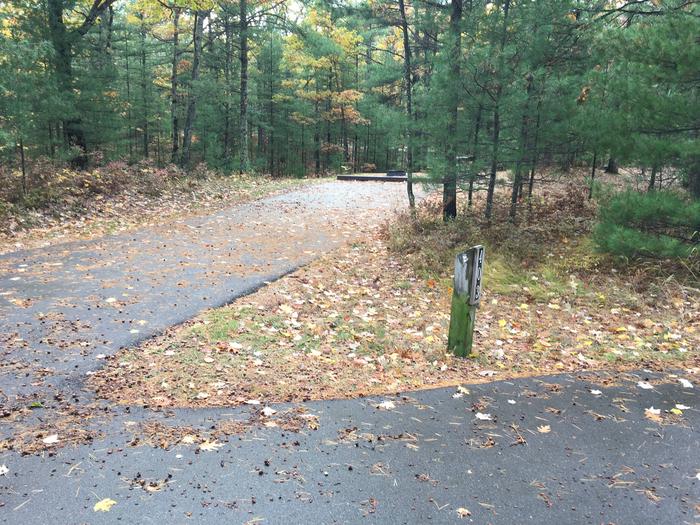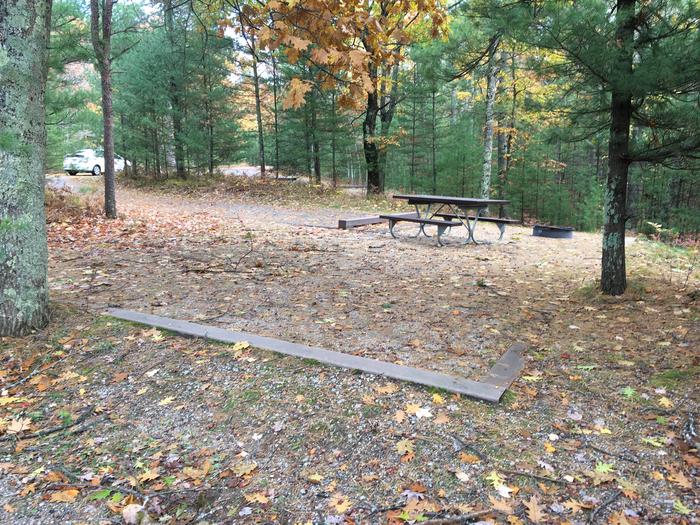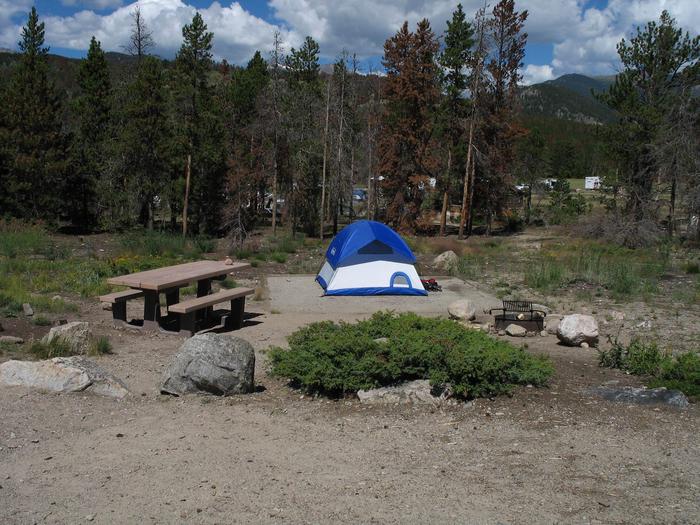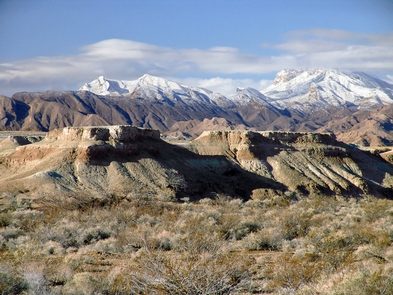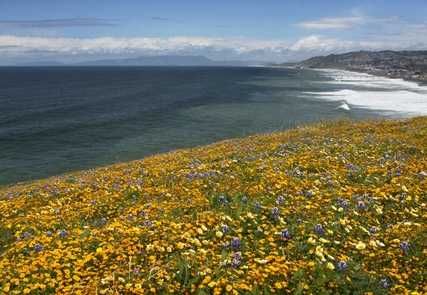Directions
The refuge headquarters office is located in Paris, Tennessee at 3006 Dinkins Lane just off Highway 79 North. The Duck River Unit is located in Humphreys and Benton Counties at the confluence of the Duck and Tennessee Rivers. The subheadquarters of this unit is located 1 Ñ miles southeast of Hustburg, Tennessee. The Big Sandy Unit is located 12 miles north of the town of Big Sandy, and is at the confluence of the Big Sandy and Tennessee Rivers. The Busseltown Unit is located in Decatur County, the entrance to the unit being 5 miles northeast of Parsons, Tennessee.
Phone
731-642-2091
Activities
AUTO TOURING, BOATING, INTERPRETIVE PROGRAMS, FISHING, HIKING, HUNTING, WILDLIFE VIEWING
Camping Reservations
Reserve your campsite at these camping areas:
Hiking Trails
Looking for nice hiking areas to take a hike? Choose from these scenic hiking trails:
Related Link(s)
More Tennessee Recreation Areas
Tennessee National Wildlife Refuge, encompasing over 51,000 acres, is located on Kentucky Lake in northwest Tennessee. The refuge’s three units: Big Sandy, Duck River and Busseltown stretch for 65 miles along the Tennessee River. Established in 1945, the refuge is one of the older refuges in the country. It is managed as an important resting and feeding area for wintering waterfowl. The refuge also provides habitat for numerous resident wildlife species and other migratory birds. The refuge consists of a diversity of habitats including open reservoir waters, bottomland hardwoods, high quality oaks/hickory forests, freshwater marsh, agricultural lands and some of the largest and highest quality moist soil managed impoundments in the nation. The diversity of habitats found on the refuge units provide ample feeding, nesting and resting areas for 293 bird species, 51 types of mammals, 89 species of reptiles and amphibians, and 142 species of fish. A hotspot for fish diversity, this refuge can boast a greater fish species diversity than any other inland national wildlife refuge in the country.

